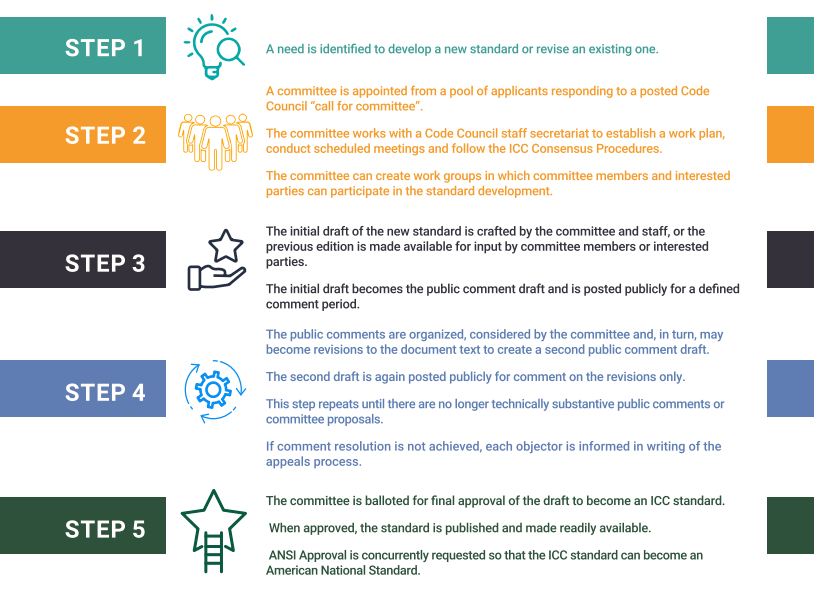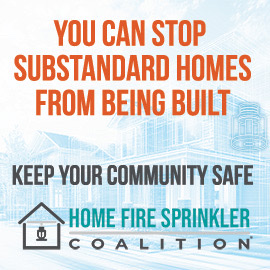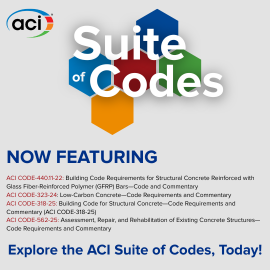
Three important facts about the International Code Council standard development process
The codes and standards development processes facilitated by the International Code Council are open to all
I saw a t-shirt yesterday that I really liked. It said: ‘I fix things and I know things.’ It’s a good summation of my career in many ways. So often with codes and standards, we are fixing things and most of us involved with the process know things, or as part of the process, we get to know things.
As an active member of the International Code Council, I have participated in code development for 39 years, beginning with the Standard Building Code. I have also served on three code committees and as a member of the Florida Building Commission during the creation of the Florida Building Code. And, seeing as I had so much spare time, I have served (and still serve) on standards committees — five officially (some for multiple appointments). I have participated as an interested party in several more.
I understand that some have a poor grasp of the standard development process. First, I want to state that in my experience, members of the standards committee are the best there are. They are experienced, knowledgeable and dedicated professionals… people who know things. What follows is a great explanation of the standard development process, so that you too, can know things.
Who is involved in developing a standard?
Most people will never be involved in the development of building safety codes or standards. But they could be. In fact, the codes and standards development processes facilitated by the Code Council are open to all. But most people don’t know that’s possible. The typical attendees for code and standard development meetings are:
- Manufacturers
- Builders
- Standards promulgators and testing laboratories
- Users of the standards
- Utilities
- Consumers
- Public segments
- Governmental regulators
- Insurance industry representatives
The Code Council’s standard development process is open and transparent.
It can be simplified into five steps:
Another thing that many people I’ve spoken with are confused about is how the American National Standards Institute (ANSI) standard development process relates to the Code Council’s standards development process.
Here are three principles you should know about the Code Council’s standard development process.
Principle #1: The Code Council follows ANSI-approved consensus procedures
The process the Code Council follows to develop standards is ANSI-approved and adheres to the Essential Requirements that govern consensus development, which provide due process.
Due process means that any party (organization, company, government agency, individual, etc.) with a direct and material interest has a right to participate by a) expressing a position and its basis, b) having that position considered, and c) having the right to appeal. Due process allows for equity and fair play.
Principle #2: ANSI conducts regular audits of standard developers’ processes, including the Code Council’s standard development process
The Code Council is an ANSI-accredited Standard Development Organization (SDO). Maintaining that status means that ANSI conducts due diligence through periodic audits to ensure the Code Council adheres to ANSI’s Essential Requirements.
Like other organizational audits, such as accreditation services or follow-up services for product evaluation agencies, the ANSI audit provides a means to ensure quality control.
The process begins when ANSI randomly selects several Code Council standards to audit. The audit is both thorough and rigorous. If deficiencies are noted, the Code Council must reply to ANSI with a plan to mitigate them. In most cases, the audit also brings to light opportunities to improve the efficiency of the standards development process which promotes continuous improvement.
Principle #3: The Code Council facilitates a public review process that is open to all
Code Council standards are updated on a five-year revision cycle. Just like the codes, standards are subject to change to reflect current industry practices, the latest building science, lessons learned and advancements in technology.
A valuable resource in developing sound consensus standards is the public review process. In the public review process, anyone may comment with feedback on existing standards or on proposed updates to existing standards.
During the review period, the Code Council receives comments on sections within the standard along with proposed verbiage and a reason statement. Comments are actionable by the standards committee, which is charged with the development of the standard. The proponent of the comment is encouraged to present the comment at the public meetings held by the committee to effectively advocate and answer any questions the committee members may have prior to adjudicating the comment.
The Code Council Board of Directors, composed of 18 volunteer government officials who have been elected by their peers, considers recommendations by the Code Council’s Codes and Standards Council and makes the final determination regarding committee appointments.
I-Codes and standards working toward continuous improvement
To promote public safety and establish minimum requirements for safety, Code Council standards are developed with the intent to be referenced in the I-Codes and therefore are written in mandatory language such that they can be enforceable by authorities having jurisdiction.
These authorities might include:
- Building departments in your local town, city, or municipality
- Tribal or territorial governments
- State governments
When the International Codes are adopted as model building codes within local governmental jurisdictions, the Code Council’s referenced standards become part of that ordinance to the extent referenced. Standards that are regularly updated mean public safety is enhanced in the building codes.
Standards currently referenced in the 2021 I-Codes
In each I-code, there is a Referenced Standards chapter for each standards developing organization (SDO) including the Code Council. For example, Chapter 35 of the International Building Code (IBC) discusses the standards referenced within the code, which include standards from ANSI, the American Architectural Manufacturers Association, ASTM International, the Federal Emergency Management Agency, the National Fire Protection Association and many others.
Whether you’re a code official, building inspector, manufacturer, builder, or a stakeholder of any kind within the building safety community, I encourage you to become familiar with and participate in the standards development process.
You can visit the International Code Council Standard Development webpage for more information about getting involved and consider attending the Code Council’s annual fall conference and public comment hearings to see how code development impacts standard development.







